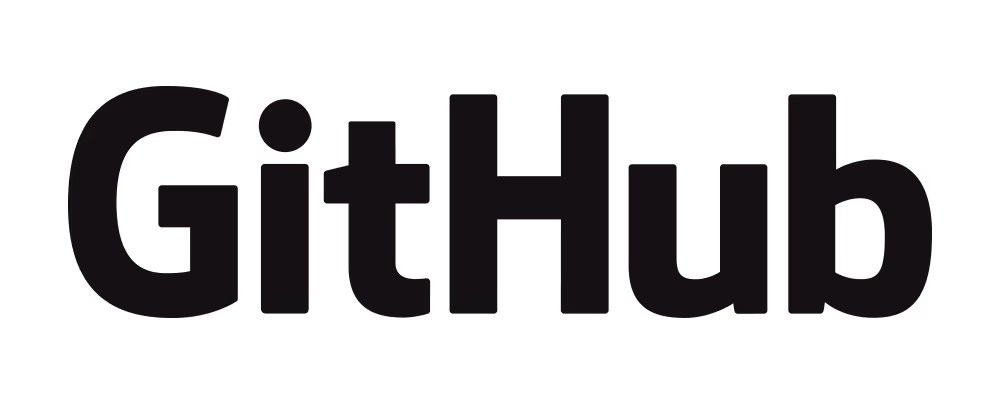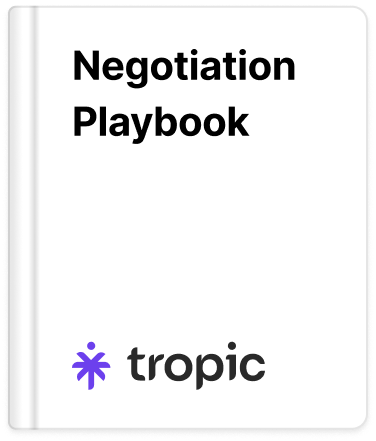
GitHub Pricing Negotiation Guide for Procurement and Finance Teams

Pricing Overview
GitHub charges on a per seat, per product basis for GHE, GHAS and CoPilot. You can purchase credits upfront for metered products. GitHub will apply bundled discounts when additional products and/or growth is baked in at time of purchase. GitHub is extremely strict with discounting and operates on an annual discounting review cycle. Any user additions during the contract term are not taken into consideration as growth at renewal time.
- GitHub Enterprise (GHE): $252/User/Year for both on-prem and cloud license, $250/User/Year for GHE Cloud. Low end discounting is 5-8%, high end discounting is 10-25%.
- Annual Contracts: Seats added mid-term are prorated from the negotiated annual seat price. Mid-term additions can be purchased in bundles of 10 seats.
- Metered Billing: As of 2025 GHE customers can now switch to metered billing. This means monthly billing, users can be added/removed monthly 1 by 1 and there is no long term commitment. Many customers find additional savings here as they are not held to purchasing in bundles of 10 users. Tropic has not observed any discounting per user with this option and customers of all sizes should expect to pay $252/user annually.
- GitHub Advanced Security (GHAS): Effective April 1, 2025, GitHub unbundled GHAS into two standalone products. The complete suite remains available at $49/month per active committer ($588 annually).
- GitHub Secret Protection - $19/month per active committer. This includes: Push protection and secret scanning, AI-powered detection capabilities & Security insights and reporting
- GitHub Code Security - $30/month per active committer. This includes: Code scanning and vulnerability detection, Copilot Autofix for automated remediation & Security campaigns and dependency management
- CoPilot: GitHub now offers two tiers of CoPilot:
- Business: $19/pupm (most popular among Tropic customers) This includes: Coding agent, Unlimited agent mode and chats with GPT-5 mini, Unlimited code completions, Access to code review, Claude Sonnet 4/4.5, Gemini 2.5 Pro, 300 premium requests to use latest models per user, with the option to buy more, User management and usage metrics & IP indemnity and data privacy
- Enterprise: $39/pupm. This includes: Everything in Business as well access to all models, including Claude Opus 4.1, 3.33x more premium requests than Business to use the latest models, with the option to buy more and access to GitHub Spark (in beta, this is a new product from GitHub allows users to build and deploy full-stack AI apps. Depending on your GitHub Copilot plan, you’ll get a monthly amount of Spark messages, unlimited manual editing, and the ability to build multiple apps simultaneously.
- Note: This product is currently offered on a Self-Serve model and GitHub does not have the ability to discount seats. Billing for CoPilot seats can be done through monthly invoices based on usage or funds can be pulled from the pre-paid metered billing pool. Discounting can be achieved through unlocking discounts on prepaid consumption minutes.
- Pre-Paid Metered Billing: For consumption-based products.
- Customer can commit any amount upfront, but to unlock discounts GitHub sets spend thresholds: $25,000+, $100,000+, and $250,000+ is eligible for discounts of 3%, 5%, and 10%, respectively. Tropic has observed in rare cases these discounts are negotiable.
- Spend for CoPilot and Actions can be pulled from this pool of funds. GitHub does not rollover unused credits from the pre-purchased allotment.
General Strategy
GitHub is extremely strict with discounting and operates on an annual discounting review cycle. Customer should expect GitHub to waive or reduce discounting at renewal as YoY discounting is not automatically honored. You should always push to maintain prior discounting and leverage any growth/product expansion to improve the discounting by 5-10% points.
- Step 1: Establish Competitive Leverage Request trial period without disclosing budget (new customers) or document current usage and pain points (renewals). Secure parallel GitLab quote to create negotiation leverage regardless of customer status.
Step 2: Lead with Aggressive Discount Request Open negotiations above target: 15-20% for new customers, or for renewals aim to maintain current discount (if reducing) or increase discount by 5-10% (if adding users/products). GitHub offers highest discounts on initial purchases and rewards growth scenarios.
Step 3: Bundle Products and Commitment Commit to multiple products (GHE + GHAS + Copilot) and/or demonstrate user growth to unlock bundled discounting beyond standard rates. New customers should consider multi-year deals to lock in favorable first-purchase pricing before expected renewal increases.
Step 4: Leverage Metered Billing as Alternative Introduce metered billing option ($252/user with monthly flexibility) as viable alternative to annual commitment. This creates urgency for GitHub to offer retention or competitive discounts while providing legitimate flexibility for fluctuating headcount.
Step 5: Level Discounts Across All Products Ensure discount percentages are consistent across GHE, GHAS, and prepaid metered credits. Push back on GitHub's tendency to heavily discount new products while maintaining higher pricing on existing licenses—make new purchases contingent on matched discounting.
Custom Strategies
Strategy 1: New Customer Acquisition
Step 1: Establish baseline needs - Request a trial with GitHub to evaluate the tool. Be very mindful not to disclose any budgets during this evaluation and emphasize this is a technical evaluation only. During this time, document total users, required products (GHE/GHAS/Copilot), and create parallel GitLab quote for leverage.
Step 2: Request 15-20% discount on GHE - Start above typical high-end (10-25%), cite GitLab's competitive pricing and feature parity. Tropic observes the highest discounts on initial purchases with GitHub, so we recommend being aggressive here. Tip: Submit a Price Benchmark for exact discount ranges to ask for depending on your user count and product mix.
Step 3: Bundle products for additional savings - Commit to GHAS (only need to purchase advanced security licenses for those that are 'active committers.' For most customers this is not the same as your total GHE user count) and Copilot Business or Enterprise upfront to unlock bundled discounting beyond standard rates.
Step 4: Negotiate multi-year deal - GitHub does not value multi-year deals as they know their tools are sticky within organizations. This step is to benefit the customer, as previously mentioned Tropic observes the highest discounts upon first purchase, locking this in for multiple years is advantageous. Customers should expect a price increase upon first renewal if there is no net new purchase.
Step 5: Secure discount for any metered billing products - Commit to prepayment of metered billing in exchange for a discount. Tropic has observed one customer negotiate a 5% discount on Copilot without pre-purchase; therefore, this should not be taken as the norm.
Strategy 2: Renewal with Growth
Step 1: Start low with 10-20% reduction request - Open with aggressive position citing budget constraints and alternative solutions under consideration. Be prepared that the GitHub rep will raise your rates to list pricing with any reduction.
Step 2: Present growth scenario - Show conservative user increase OR new product interest (GHAS/Copilot Enterprise upgrade) as negotiation sweetener. This change will build trust with the rep and incentivize them to build a case for further discounts.
Step 3: Incrementally increase discount target - Gradually move from opening position, landing above high-end discount range due to bundled growth.
Step 4: Negotiate multi-year deal - GitHub does not value multi-year deals as they know their tools are sticky within organizations. This step is to benefit the customer, as after your initial purchase, the strongest lever a customer can have is growth.
Step 5: Level discounts across products - GitHub will often try to offer a larger discount on a new tool purchase (such as advanced security) without increasing the Enterprise discount or, if so, doing so minimally. Make this purchase contingent upon GitHub matching the high discount often offered on the new product.
Strategy 3: Downgrade/Reduction
Step 1: Announce intent to reduce - Lead with specific seat count reduction or product removal (e.g., GHAS downgrade to single module).
Step 2: Introduce metered billing alternative - Emphasize flexibility of $252/user monthly billing eliminates commitment and saves money immediately, as you can now purchase individual seats instead of in packs of 10. Note that the metered model makes competitive switching easier, increasing likelihood of future GitLab evaluation.
Step 3: Escalate to Account Executive - Request discount to stay on an annual commitment and lean into the relationship and state that your finance department prefers an upfront invoice for cash flow forecasting and it is unacceptable and in bad faith to raise the rate to list pricing just because you don't have as many engineers to provide licenses to.
Step 4: Negotiate hybrid approach (if staying on annual commitment) - Secure reduced seat count at maximum discount (3-8% typically) while moving Copilot to metered billing pool with 3-10% prepaid discount.




